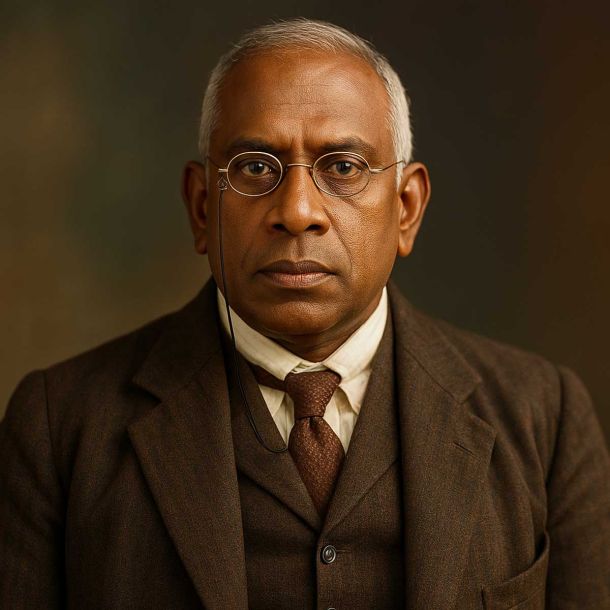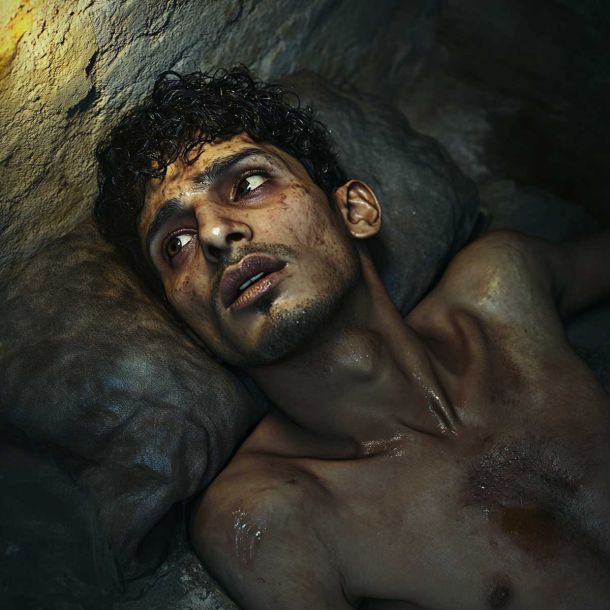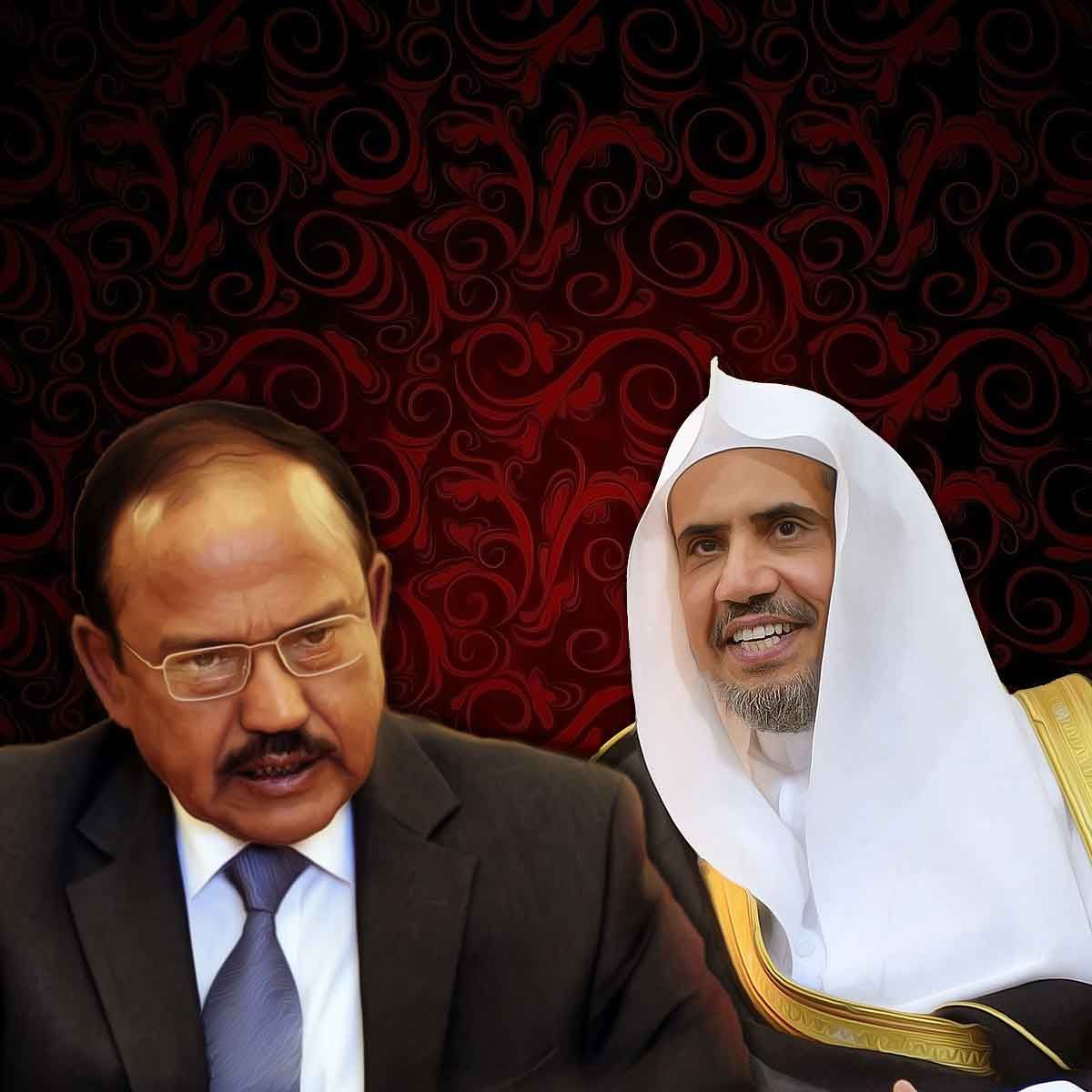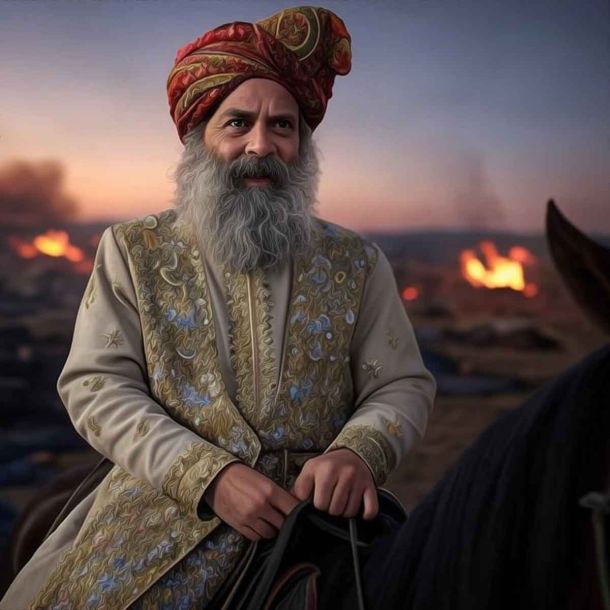MORE COVERAGE
"To win this war, we need a commander in chief, not a professor of law standing at the lectern": Prof. Barash is not a trained historian, economist, or sociologist but a psychologist, while his co-author Professor Webel is a philosopher, let's teach Hate
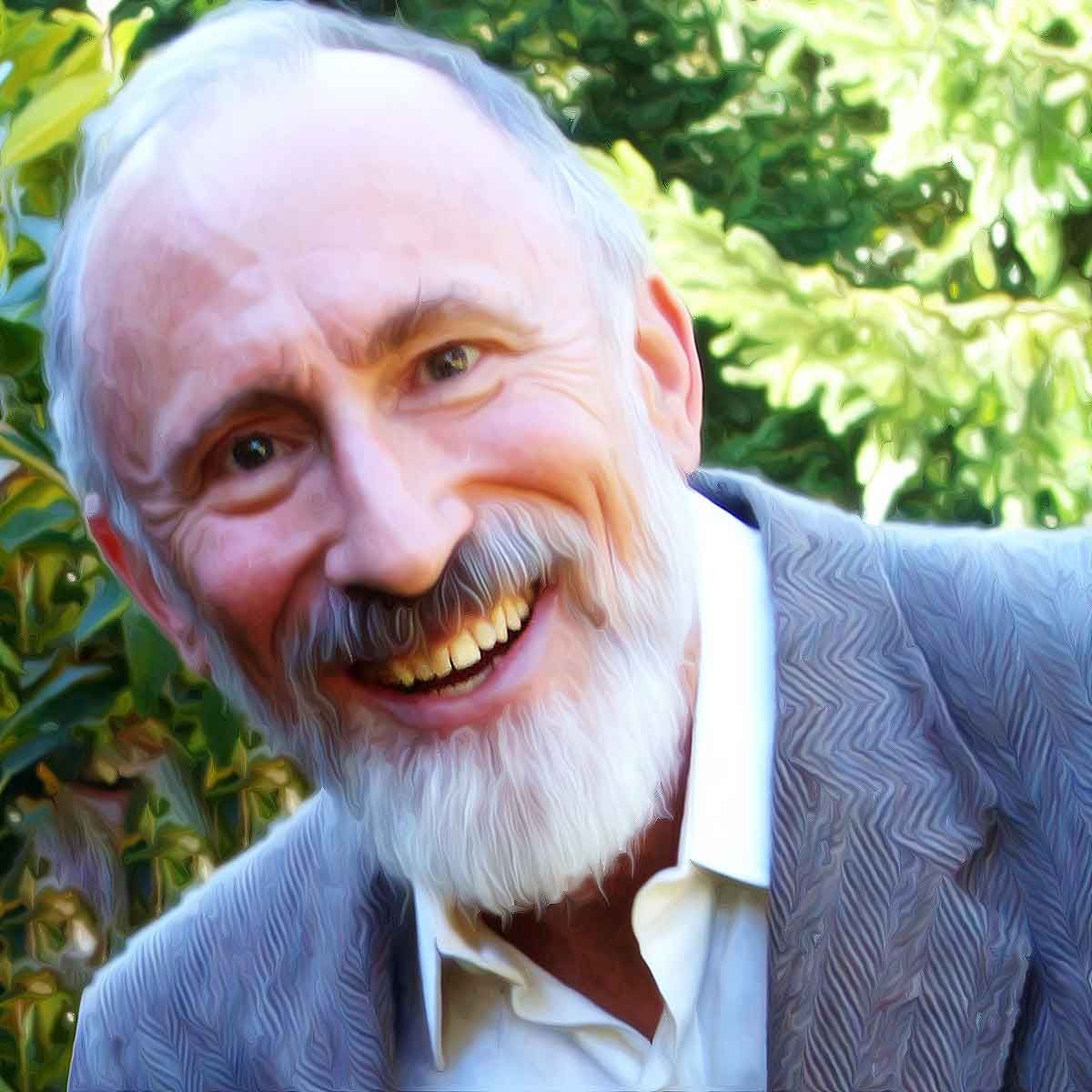
When The Professors was first published in February 2006, it was greeted by cries of outrage from the academic Left. The author was denounced as a reincarnation of Joseph McCarthy and his book as a “blacklist,” although no evidence existed to support either claim and both were the opposite of the truth. Far from being a “blacklist,” the text explicitly—and in so many words—defended the right of professors to teach views that were unpopular without fear of political reprisal. The author also publicly defended the First Amendment rights of Ward Churchill, the most notable case of a professor under attack for his political views.
The present volume examines 101 college professors and attempts to provide a factual basis for answering these questions. The method used is similar to the scholarly historical discipline known as “prosopography,” which was defined by one of its creators and best-known practitioners, Lawrence Stone, as “the study of biographical details of individuals in the aggregate.” The purpose of this exercise, as Stone explains is “to establish a universe to be studied,” in this case a universe of representative academics who use their positions to promote political agendas. A further purpose of prosopography is to establish patterns of conduct and patterns in careers through a study of the assembled profiles.
When viewed as a whole, the 101 portraits in this volume reveal several disturbing patterns of university life, which are reflected in careers like Ward Churchill’s. These include:
- promotion far beyond academic achievement (Professors Anderson, Aptheker, Berry, Churchill, Davis, Kirstein, Navarro, West, Williams, and others in this volume);
- teaching subjects outside one’s professional qualifications and expertise for the purpose of political propaganda (Professors Barash, Becker, Churchill, Ensalaco, Furr, Holstun, Wolfe, and many others);
- making racist and ethnically disparaging remarks in public without eliciting reaction by university administrations, as long as those remarks are directed at unprotected groups, e.g., Armenians, whites, Christians, and Jews (Professors Algar, Armitage, Baraka, Dabashi, hooks, Massad, and others);
- the overt introduction of political agendas into the classroom and the abandonment of any pretense of academic discipline or scholarly inquiry (Professors Aptheker, Dunkley, Eckstein, Gilbert, Higgins, Marable, Williams, and many others).
Professor of psychology, David Barash | University of Washington
— Co-author of Peace and Conflict Studies, a text widely used in Peace Studies courses
— Describes his textbook as “frankly anti-war, anti-violence, antinuclear, anti-authoritarian, anti-establishment, pro-environment, pro-human rights, pro-social justice, pro-peace and politically progressive.”
David Barash has been a professor of psychology at the University of Washington (Seattle) since 1973. He currently teaches three psychology courses: “Comparative Animal Behavior”; “Ideas of Human Nature”; and “Psychology of Peace.”
“Since the early 1980s,” writes Professor Barash “I have been active in researching, promoting, and practicing the field of Peace Studies.” Professor Barash, who has “a long-standing interest in . . . Buddhism and existentialism,” believes that “animal behavior, evolutionary psychology, and Peace Studies are fundamentally linked, especially since they all involve questions of how biology affects behavior, including male-female differences, reproductive strategies, and the troubling problem of violence in living things generally.”
Professor Barash is the co-author, along with Berkeley Professor Charles Webel, of Peace and Conflict Studies (Sage Publications, 2002), a text that is widely used in peace studies classes in American universities. In the preface to their book, Professors Barash and Webel write: “The field [of Peace Studies] differs from most other human sciences in that it is value-oriented, and unabashedly so. Accordingly, we wish to be upfront about our own values, which are frankly anti-war, anti-violence, antinuclear, anti-authoritarian, anti-establishment, pro-environment, pro-human rights, pro-social justice, pro-peace, and politically progressive.”
Peace and Conflict Studies makes no pretension to being an academic exploration of the complex issues of war and peace. It does not explore the many possible views of world problems that might lead to conflict or the various assessments that might be made of the history of peace movements. It is, in fact, a left-wing screed whose clear purpose is to indoctrinate students in the radical view of the world shared by “progressives” like Noam Chomsky, Howard Zinn, and Michael Moore. No indication is provided to the uninformed student that these might be extreme views, nor is there any indication that there are other possible ways to view these issues.
None of this is surprising since Professor Barash is not a trained historian, economist, or sociologist but a psychologist, while his co-author Professor Webel is a philosopher. Consequently, the text they have written is not only ideologically one-sided, but is also professionally incompetent. This has not prevented its widespread use in “Peace Studies” programs across the country.
Peace and Conflict Studies discusses the problems of poverty and hunger as causes of human conflict exclusively through the eyes of Marxist writers such as Andre Gunder Frank and Frances Moore Lappe. The text’s view of these problems is socialist: “To a very large extent, the problem of world hunger is not so much a production problem, so much as it is a distribution problem.” What the authors mean by this is that poverty is caused by the private property system and free market capitalism which results in economic inequality and that its cure is socialism which redistributes income.
This would be news to people in socialist North Korea, where recent famine caused by their government’s economic redistribution policies has killed more than a million people. It would be equally surprising to citizens of the former Soviet Union, whose Marxist leaders attempted to make economic equality the center of their economic policy with the result that a country that had been the breadbasket of Europe was transformed into a nation of chronic food shortages until the general economic breakdown caused the system to collapse.
The Peace and Conflict Studies text relentlessly condemns the economic inequalities that characterize market systems, even though these systems are responsible for prodigious agricultural surpluses and for raising billions of people out of poverty, facts the authors systematically ignore. The authors also ignore the question of whether providing economic incentives to the creative and the productive, which results in this inequality isn’t therefore worth the cost. Instead, the authors identify the culprits responsible for world poverty (and thus for the conflicts this suffering causes) in terms that would have pleased Marx and Lenin: “The greed of agribusiness shippers and brokers, plus control of land by a small elite leaves hundreds of millions of people hungry every day.” No wonder terrorists hate rich countries like the United States.
Since the authors believe that the greed of the ruling class is solely responsible for world hunger, Peace and Conflict Studies does actually endorse one kind of violence and one kind alone. Not surprisingly this is revolutionary violence. Here is Professor Barash and Professor Webel’s example of revolutionary violence that has led to good results:
Consider the case of Cuba. In the aftermath of the Cuban Revolution of 1959, despite more than 40 years of an American embargo on Cuban imports and exports, infant mortality in Cuba has declined to the lowest in Latin America; life expectancy increased from 55 years in 1959 to 73 years in 1984; health care was nationalized and made available to all Cuban citizens at no or little cost; literacy exceeded 95%; and although prostitution, begging, and homelessness returned to Cuba in the 1990s (almost entirely for economic reasons due to the embargo and to the loss of support from the former Soviet Union), Cuba still has far fewer of these problems than virtually all other countries in Latin America. While Cuba is far from an earthly paradise, and certain individual rights and civil liberties are not yet widely practiced, the case of Cuba indicates that violent revolutions can sometimes result in generally improved living conditions for many people.”
This is an extraordinary statement from authors who claimed to be peace activists and it is also the entire portrait provided by the text of Cuba’s Communist dictatorship.
- No mention is made of the fact that Cuba is a totalitarian dictatorship in which every citizen is a prisoner in his own country, spied on by the ruler’s secret police.
- No indication is given that Castro is the longest surviving dictator in the world with a legendary record of sadism against his own supporters.
- Cuba’s wretched medical system is not evaluated; nor is the fact that while literacy is impressive Cubans can now read-only materials approved by government censors.
- In 1959, when Castro seized power, Cuba was the second richest nation per capita in Latin America. After nearly fifty years of socialism, it ranks near the bottom of Latin America’s 22 nations, above Haiti, but below Honduras and Belize.
When the authors feel compelled to mention a deficiency in Cuba’s achievement—whether political or economic—it is invariably blamed on the United States and its embargo, even though Cuba trades with every other nation in the world and its economic woes are attributable to the crackpot economic policies of its dictator. This one-sided promotion of a Communist dictatorship is typical of the text and accurate sampling of the authors’ ideological point of view.
Throughout Peace and Conflict Studies, the authors justify Communist policies and actions and put those of America and Western democracies in a negative light. This one-sided tilting to America’s totalitarian enemies is evident in its treatment of the Cuban Missile Crisis, for example. In 1962, the Soviet dictator Nikita Khrushchev precipitated an international crisis and brought the world to the brink of nuclear war by secretly placing nuclear missiles in Cuba and lying to President Kennedy when confronted over them. In Peace and Conflict Studies, however, the Cuban Missile Crisis is treated as the consequence of the American president’s alleged psychological insecurity and his consequent desire to act tough. This created a dilemma from which the world was rescued by the Soviet dictator. Here is the entire account of the Missile Crisis in this college text:
The Cuban Missile Crisis—the closest humanity has apparently come to general nuclear war—was brought about in part because John F. Kennedy had felt browbeaten by Soviet Premier Khrushchev at their 1961 summit meeting in Vienna and felt humiliated by the debacle of the failed American-supported invasion of Cuba at the Bay of Pigs. The following year, Kennedy was determined that he wouldn’t be pushed around again by the Soviet leader; fortunately for the world, Khrushchev was able (perhaps due largely to insufficient military strength) to be willing to back down.”
Nor is this positioning of the Soviet Union on the side of peace when it is the aggressor unique. In its account of the Cold War generally, Peace and Conflict Studies treats the Soviet Union as a sponsor of peace movements and the United States as the militaristic and imperialist power that peace movements—and thus the students of peace in the Peace Studies program—are supposed to keep in check.
A brief section of Peace and Conflict Studies is devoted to the 9/11 terrorist attack on the United States. It provides troubling insight into the impact courses like this may be having on American college students as their country faces the terrorist threat. The authors begin by telling students that, “Terrorism is a vexing term.” From the “peace studies” perspective, the moral aspects of the term are purely relative: “Any actual or threatened attack against civilian noncombatants may be considered an act of ‘terrorism.’ In this sense, terrorism is as old as human history.”
Far from being criminal or evil, terror (according to Barash and Webel) is a last resort of the weak as a means of self-defense: “‘Terrorists’ are people who may feel militarily unable to confront their perceived enemies directly and who accordingly use violence, or the threat of violence, against noncombatants to achieve their political aims.” If you’re weak, then apparently it’s all right to murder women and children if it advances your cause. Terrorism, according to the authors, is also “a contemporary variant of what has been described as guerrilla warfare, dating back at least to the anti-colonialist and anti-imperialist struggles for national liberation conducted in North America and Western Europe during the late 18th and early 19th centuries against the British and French Empires.”101 In other words, the American Founders were terrorists, and the terrorists in Iraq can be viewed as patriots (as radicals like Michael Moore have actually described them).
So that no one will miss the point, the progressive authors of Peace and Conflict Studies explain: “Placing ‘terrorist’ in quotation marks may be jarring for some readers, who consider the designation self-evident. We do so, however, not to minimize the horror of such acts but to emphasize the value of qualifying righteous indignation by the recognition that often one person’s ‘terrorist’ is another’s ‘freedom fighter.’” The terrorists who killed 3,000 innocent civilians from eighty countries in the heinous attacks of 9/11 can thus be viewed as “freedom fighters” striking the oppressor.
Peace and Conflict Studies continues: “After the attacks on the World Trade Center in New York City and the Pentagon in Washington, D.C., many Americans evidently agreed with pronouncements by many senior politicians that the United States was ‘at war’ with ‘terrorism.’ Yet, to many disemboweled [sic] people in other regions, ‘Americans are the worst terrorists in the world’ (according to a 1998 TV interview with the American Broadcasting Company). Following the attacks, President George W. Bush announced that the United States ‘would make no distinction between terrorists and the countries that harbor them.’ For many frustrated, impoverished, infuriated people—who view the United States as a terrorist country—attacks on American civilians were justified in precisely this way: making no distinction between a ‘terrorist state’ and the citizens who aid and abet the state.” 103 In other words, America is a terrorist state and the terrorists are liberators of the world’s oppressed.
Research: David Horowitz
|
Hatem Bazian, Lecturer at UC Berkeley
— Calls for an “Intifada” in America
— “. . . the Day of Judgment will never happen until you fight the Jews . . . and the stones will say, ‘Oh Muslim, there is a Jew hiding behind me. Come and kill him!’”
Hatem Bazian is a native Palestinian who is currently a lecturer in the Near Eastern Studies and Asian American Studies Departments at UC Berkeley. During his academic career, he has taught courses on Islam, Islamic law, Sufism, Arabic, and the Politics of the Middle East at Berkeley, San Francisco State University, Berkeley Graduate Theological Union, and Diablo Valley College. He is also a co-host and assistant producer of “Islam Today,” a weekly California radio program devoted to Muslim issues around the world.
|
At an April 10, 2004 rally in San Francisco against the war in Iraq, Professor Bazian called for an “Intifada” in America. At the demonstration, signs proclaimed, “Support Armed Resistance [sic] in Iraq and Everywhere.” One smiling student carried a sign saying “Long Live Fallujah,” the stronghold of Abu Musab al-Zarqawi and his terrorists; another held a Bush effigy aloft on a noose.
Professor Bazian declared to the cheering crowd, “we’re sitting here and watching the world pass by, people being bombed, and it’s about time that we have an Intifada in this country that change [s] fundamentally the political dynamics here.”
He concluded his call to violence with a promise of more to come: “They’re gonna say, ‘some Palestinian being too radical’—well, you haven’t seen radicalism yet!”
In his book American Jihad: The Terrorists Living Among Us, Steven Emerson describes Professor Bazian’s appearance at the American Muslim Alliance conference held in May 1999 in Santa Clara, California. Professor Bazian was promoting the Islamic State of Palestine: “In the Hadith [a narration about the life of the Prophet Mohammed], the Day of Judgment will never happen until you fight the Jews . . . and the stones will say, ‘Oh Muslim, there is a Jew hiding behind me. Come and kill him!’”
|
When a Students for Justice in Palestine rally at UC Berkeley resulted in the arrest of 79 protesters in 2002, Professor Bazian spoke at a follow-up rally protesting the arrests. “If you want to know where the pressure on the university [i.e., to prosecute the trespassers who were arrested] is coming from, look at the Jewish names on the school buildings,” he said.
Typically, there was no response to Bazian’s publicly-expressed crude racism from a UC Berkeley central administration that is famous for its extraordinary sensitivity to “othering” and racial harassment.
|
In May 2002, Professor Bazian was the sole speaker for a two-day event at San Francisco’s George Washington High School. The event was so inflammatory it generated formal letters of apology from the school administration to the public. Advertised as a Middle Eastern “cultural assembly,” the gathering featured a student singing a rap song comparing Zionists to Nazis while other students paraded with Palestinian flags.
Student and faculty observers described the speeches as “pure pro-Palestinian propaganda.”
|
In February 2004, Bazian gave a Muslim Student Association-sponsored lecture at McGill University in Montreal titled, “The New American Empire and its Adventures in the Middle East.” In this address, he cited neo-conservative think tanks, “Israel-centric” public officials, the Christian Right, and the oil industry as the four forces behind American foreign policy. “The New York conservatives wanted to make the Middle East a safe neighborhood,” said Professor Bazian “but not for Arabs; they wanted to make it a safe neighborhood for Israel.”
Research: Jonathan Calt Harris
REFERENCES:
The Professors: The 101 Most Dangerous Academics in America - David Horowitz
 Support Us
Support Us
Satyagraha was born from the heart of our land, with an undying aim to unveil the true essence of Bharat. It seeks to illuminate the hidden tales of our valiant freedom fighters and the rich chronicles that haven't yet sung their complete melody in the mainstream.
While platforms like NDTV and 'The Wire' effortlessly garner funds under the banner of safeguarding democracy, we at Satyagraha walk a different path. Our strength and resonance come from you. In this journey to weave a stronger Bharat, every little contribution amplifies our voice. Let's come together, contribute as you can, and champion the true spirit of our nation.
 |  |  |
| ICICI Bank of Satyaagrah | Razorpay Bank of Satyaagrah | PayPal Bank of Satyaagrah - For International Payments |
If all above doesn't work, then try the LINK below:
Please share the article on other platforms
DISCLAIMER: The author is solely responsible for the views expressed in this article. The author carries the responsibility for citing and/or licensing of images utilized within the text. The website also frequently uses non-commercial images for representational purposes only in line with the article. We are not responsible for the authenticity of such images. If some images have a copyright issue, we request the person/entity to contact us at This email address is being protected from spambots. You need JavaScript enabled to view it. and we will take the necessary actions to resolve the issue.
Related Articles
- "Behold it is born. It is already sanctioned by the blood of martyred Indian youths": Madam Bhikhaiji Cama, the Brave lady to first hoist India’s flag on foreign Soil - Formative Years
- Introduction - Understanding Islam through Hadis - Religious Faith or Fanaticism
- "Basic tool for manipulation of reality is the manipulation of words": Prof Castellano blames the US and its unjust foreign policies for having provoked 9/11 horrors in the first place, not poor security but America’s “imperialist” policies accountable
- “Abuses of the University”: Professor Berube described University as “the final resting place of the New Left,” said those who failed to regard “feminist or queer theory as a legitimate area of scholarship”—were only perpetuating “ignorance and injustice
- “Dharma is law in its widest sense—spiritual, moral, ethical and temporal": How Chanakya's Arthashastra shaped the Telling of Ancient Indian History and should be read simply for its sheer brilliance in the area of statecraft and economics
- "How can you tell when a political ideology has become the equivalent of a religion?": Associate Professor at Truman State University, Marc Becker is an organizer for Historians against the War with a long history of radicalism and antipathy toward the US
- "What one loves in childhood stays in the heart forever": One of the most cherished shows of our childhood, Malgudi Days was aired during late 80-90s based on short story collection by RK Narayan that had all elements to unite family for television time
- "Each era, a stitch in time's tapestry": India's ancient timeline - From Svayambhuva Manu to the Mahabharata, new research using archaeo-astronomy redefines historical chronology, challenging established epochs and reshaping our understanding of the past
- “Instead of causing chaos and rocking someone else’s boat, you need to row your own”: Prof Berry, a strong advocate of racial preferences in employment & education, said “Civil Rights laws were not passed to give civil rights protection to all Americans”
- A Strange New World - Road was clear for Indira Gandhi, nothing could stop her and there seemed no opposition to her regime, 'The New York Times' marvelled at how the JP movement had just melted away
- “No one wants to be easy to get over. That’s what mind games are for”: Prof Derrick Bell at New York University School of Law was godfather, of “Critical Race Theory,” an academic tradition in which race plays same role as a class in the Marxist paradigm
- Professor Hamid Algar, University of California, Berkeley: The 101 Most Dangerous Academics in America
- “Who says exactly what they’re thinking? What kind of a game is that?”: Committed Marxist, Prof. Berlowitz teaches “resistance” as in, “Privatization must be resisted,” - only a Marxist could make the connection between resisting privatization and peace
- "Copyright? Copy RIGHT: Steal ideas, steal facts but do not steal words": Did you know the Greek version of Trojan Horse at Troy from Odyssey was an adaptation of the original Indian version of the Trojan White Elephant from Brihatkatha, a Sanskrit play
- Hindu seers and sages could tap sources of universal spirituality because they did not start with an a priori assumption of an Almighty God whom man had to fear and obey in awe and objection - Defence of Hindu Society
Related Articles
Twitter Coverage
Satyaagrah
Written on
Satyaagrah
Written on
Satyaagrah
Written on
Satyaagrah
Written on
Satyaagrah
Written on



